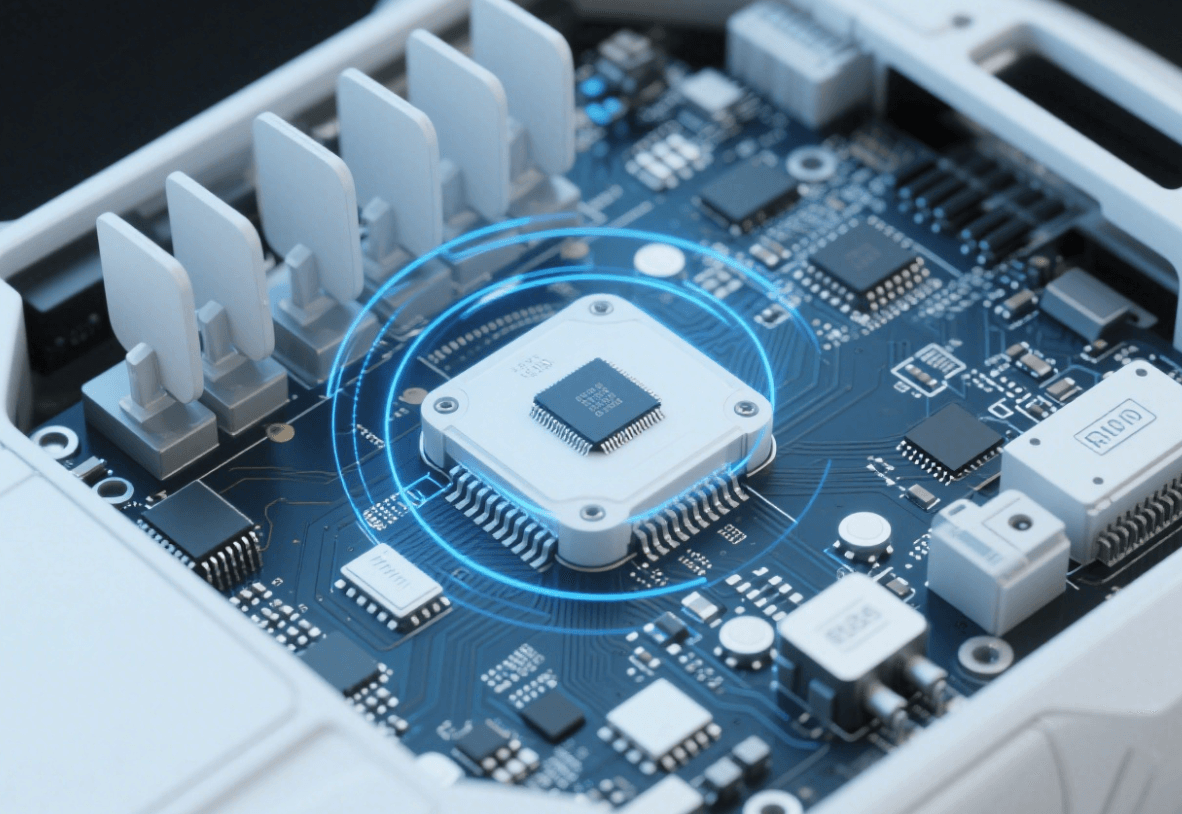Introduction
Highways are vital transportation arteries that carry significant volumes of vehicles daily. With increasing traffic density, conventional monitoring systems such as loop detectors, CCTV cameras, and single-beam radars face limitations in high-speed, multi-lane environments. Issues include occlusion, poor accuracy under adverse weather, and difficulty in tracking multiple targets simultaneously.
Millimeter-wave (mmWave) radar provides a robust solution. By leveraging high-frequency radar waves, Linpowave mmWave radar accurately measures vehicle distance, speed, and trajectory in real time, ensuring reliable detection across all lanes, regardless of environmental conditions.
High-Speed Multi-Lane Vehicle Detection
Detecting multiple vehicles across high-speed lanes is challenging due to rapid movement, lane overlap, and varying vehicle sizes. Linpowave mmWave radar addresses these challenges with advanced sensing and processing capabilities:
Technical highlights:
-
FMCW Signal Modulation & Doppler Analysis: Frequency-modulated continuous-wave (FMCW) radar allows precise measurement of both distance and speed. Doppler frequency shifts are used to calculate vehicle speed up to 200 km/h.
-
Angle-of-Arrival (AoA) Multi-Lane Separation: Radar signals are processed to distinguish vehicles in adjacent lanes, reducing cross-lane interference.
-
Vehicle Classification: Based on radar cross-section and motion patterns, the system can differentiate cars, trucks, and motorcycles, enhancing traffic analytics accuracy.
Engineering challenges and solutions:
-
Doppler Ambiguity: High-speed vehicles can introduce frequency shifts that create ambiguous readings. Linpowave radar optimizes waveform parameters and sampling rates to resolve these ambiguities.
-
Adjacent Radar Interference: Multiple radars along a highway can interfere. Linpowave implements adaptive beamforming and interference mitigation algorithms to preserve measurement accuracy.
-
Lane Overlap & Beam Alignment: Narrow lane spacing requires precise beam shaping and tilt adjustment to ensure each lane is monitored independently without signal leakage.
Real-Time Speed Measurement and Flow Analysis
Accurate speed and flow monitoring is critical for traffic management, safety, and congestion mitigation. Linpowave radar provides:
-
Centimeter-Level Distance Resolution: Ensures precise vehicle spacing measurements even at high speeds.
-
Real-Time Traffic Metrics: Provides vehicle count per lane, lane occupancy, and average speed in real time.
-
Incident Detection: Stopped or slow-moving vehicles are detected immediately, allowing rapid dispatch of response teams to mitigate accidents.
Integration with Highway Management Systems
Effective deployment requires seamless integration with traffic management infrastructure:
-
Edge Computing: Radar data is processed locally to minimize latency, then critical metrics are sent to central traffic control systems.
-
Data Fusion: Combining radar data with cameras improves vehicle classification accuracy and reduces false positives.
-
Scalable Multi-Unit Networks: Multiple radar units can cover extended highway sections while maintaining synchronized detection and analysis.
Linpowave Radar Solutions
The LPR-300 series mmWave radar is specifically designed for highway traffic monitoring:
-
Detects vehicles across multiple lanes up to 300 meters
-
Provides accurate speed measurement and vehicle classification
-
Supports multi-target tracking with minimal latency for real-time traffic optimization
-
Performs reliably under rain, fog, and low-light conditions
-
Compact design enables installation on gantries or roadside poles
Case Study
A regional highway authority deployed Linpowave radar along a 5-lane urban highway. Within one month of operation:
-
Multi-lane detection accuracy exceeded 98%
-
Real-time speed monitoring enabled adaptive speed alerts, reducing accidents by 12%
-
Combined radar and camera data improved detection of motorcycles and smaller vehicles, previously undercounted by older systems
This deployment demonstrated the radar’s ability to provide high-resolution, real-time traffic data, supporting both safety and operational efficiency.
Future Outlook
As autonomous and connected vehicles become more widespread, mmWave radar-equipped highways can provide predictive traffic control, adaptive speed limits, and V2X communication support. Integrating radar with AI-based traffic analytics and edge computing will enable:
-
Real-time congestion prediction and management
-
Enhanced accident prevention through early warnings
-
Support for autonomous vehicle navigation and lane coordination
Conclusion
High-speed, multi-lane highways require accurate, reliable traffic monitoring to ensure safety and efficiency. Linpowave mmWave radar delivers multi-target detection, real-time speed measurement, and robust performance under all environmental conditions. With proven deployment success and advanced sensing technology, Linpowave provides an actionable solution for modern highway traffic management, paving the way for safer and more efficient roads.



